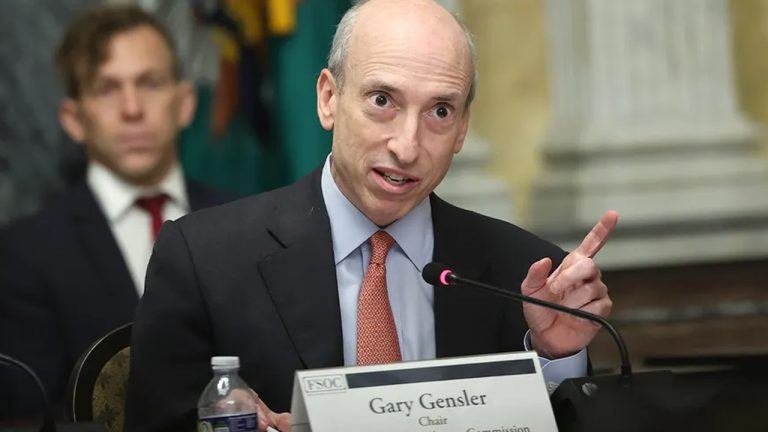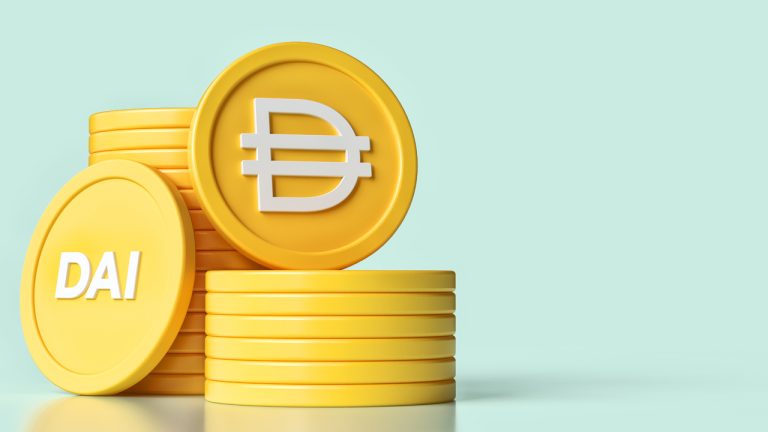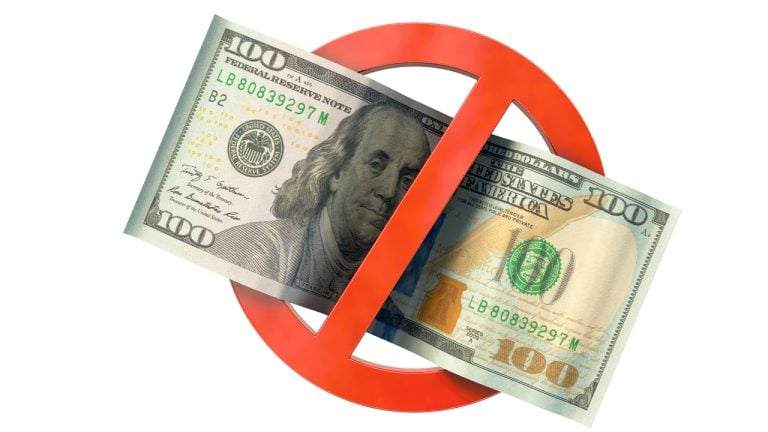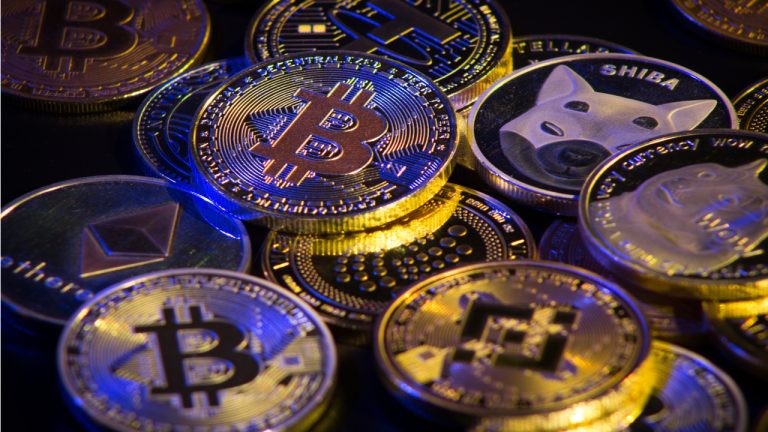
Crypto traders expecting a price reversal could use this options strategy to get positioned in Bitcoin.
Bitcoin’s price broke below its 55-day resistance at $27,000 on May 12, down 12.3% in 30 days. But more importantly, it decoupled from the S&P 500 Index, which is basically flat from 30 days ago and 15% below its all-time high.

As the chart indicates, for some reason, Bitcoin (BTC) investors believe that the favorable macroeconomic trends for risk markets were overshadowed by the increasing risk perception of the cryptocurrency sector.
Financial crisis could fuel Bitcoin’s price increase
For starters, there’s the impending United States government debt ceiling crisis, which, according to U.S. Treasury Secretary Janet Yellen, could cause an “economic and financial catastrophe." The increased risk of default should, in theory, be beneficial for scarce assets, as investors seek shelter from a weaker U.S. dollar.
The $5.6 trillion commercial real estate market in the U.S. is subject to additional risks due to high interest rates and troubled regional banks. Guggenheim Partners chief investment officer Anne Walsh stated, “We’re likely going into a real estate recession, but not across the entire real estate market."
There is also positive news on the cryptocurrency regulatory front, as the industry gathers additional support against the regulatory efforts of the U.S. Securities and Exchange Commission (SEC). The U.S. Chamber of Commerce filed an amicus brief on May 9, defending the Coinbase exchange and accusing the SEC of deliberately creating a precarious and uncertain landscape.
Further fueling investors’ hope is the Bitcoin halving expected for April–May 2024, when the miners’ incentive per block will be reduced from 6.25 BTC to 3.125 BTC. Addresses holding 1 BTC or more reached one million on May 13, according to the Glassnode analytics firm. In total, a whopping 190,000 “whole-coiners” have been added since February 2022.
Despite the recent Bitcoin price weakness, there are enough drivers and potential triggers to sustain a considerable bull run in the upcoming months. Professional traders are aware of the liquidation risks associated with futures contracts, so their preferred investment strategies include options instruments.
How to apply the risk reversal strategy in Bitcoin
Options trading presents opportunities for investors to profit from increased volatility or obtain protection from sharp price drops, and these complex investment strategies, involving more than one instrument, are known as “option structures."
Traders can use the “risk reversal” option strategy to hedge losses from unexpected price swings. The investor benefits from being long on the call option but pays for those by selling the put. Basically, this setup eliminates the risk of the stock trading sideways and comes with limited risk if the asset trades down.

The above trade focuses exclusively on June 30 options, but investors will find similar patterns using different maturities. Bitcoin was trading at $27,438 when the pricing took place.
First, the trader needs to buy protection from a downside move by buying 2.3 BTC puts (sell) $22,000 options contracts. Then, the trader will sell 2.0 BTC put (sell) $25,000 options contracts to net the returns above this level. Finally, the trader should buy 3.2 call (buy) $34,000 options contracts for positive price exposure.
Investors are protected down to $25,000
That options structure results in neither a gain nor a loss between $25,000 (down 9%) and $34,000 (up 24%). Thus, the investor is betting that Bitcoin’s price on June 30 at 8:00 am UTC will be above that range while gaining access to unlimited profits and a maximum 0.275 BTC negative return.
If the Bitcoin price rallies toward $37,250 (up 36%), this investment results in a 0.275 BTC gain. Moreover, after a 42% rally to $39,000 within 45 days, net returns are 0.41 BTC. In essence, unlimited gains with a capped loss.
Even though there is no initial cost associated with this options structure, the exchange will require a 0.275 BTC margin deposit to cover the negative exposure.
This article does not contain investment advice or recommendations. Every investment and trading move involves risk, and readers should conduct their own research when making a decision.
This article is for general information purposes and is not intended to be and should not be taken as legal or investment advice. The views, thoughts, and opinions expressed here are the author’s alone and do not necessarily reflect or represent the views and opinions of Cointelegraph.









